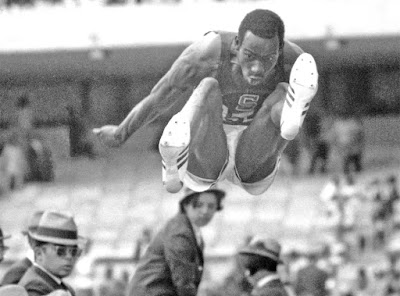Brendan Fraser is a Canadian-American actor who was born on December 3, 1968, in Indianapolis, Indiana, USA. He is the youngest of four children born to Canadian parents, Peter and Carol Fraser. His father was a former journalist and travel executive while his mother worked as a sales counselor. The family moved frequently during Fraser's childhood due to his father's job, living in several cities across the United States and Canada.
Fraser attended several schools growing up, including Upper Canada College, a private school in Toronto, Ontario, where he excelled in sports and drama. He later enrolled at Seattle's Cornish College of the Arts, where he studied acting and graduated with a bachelor's degree in fine arts.
Fraser started his acting career in the early 1990s with small roles in films like "Dogfight" and "Encino Man." However, it was his breakout role as the titular character in "George of the Jungle" in 1997 that catapulted him to stardom. This led to more leading roles in big-budget movies, including "The Mummy" franchise, which was a commercial and critical success. In addition to his film work, Fraser has also appeared in several television shows, including the critically acclaimed series "The Affair" and "Doom Patrol."
Aside from his acting talents, Fraser is also known for his philanthropic work. He has served as a board member for several charitable organizations, including the World Wildlife Fund and the Film Foundation, a nonprofit organization dedicated to preserving and restoring classic films.
Despite his success, Fraser has faced some personal and professional challenges over the years. In 2003, he underwent a partial knee replacement surgery after sustaining an injury while filming "The Quiet American." He also went through a highly publicized divorce from his first wife, actress Afton Smith, in 2007, which was reportedly a major setback for him.
However, Fraser has bounced back and continued to work steadily in the entertainment industry. He has been recognized for his acting talents with numerous awards and nominations, including a Golden Globe nomination for his performance in "Gods and Monsters." His fans appreciate his friendly demeanor and down-to-earth personality, and he continues to be a beloved figure in Hollywood.
Fraser has been married twice and has three children. In his free time, he enjoys traveling, photography, and playing various sports, including tennis and golf. He is also an avid reader and has been known to recommend books to his fans on social media.
.jpg)




.jpg)


















